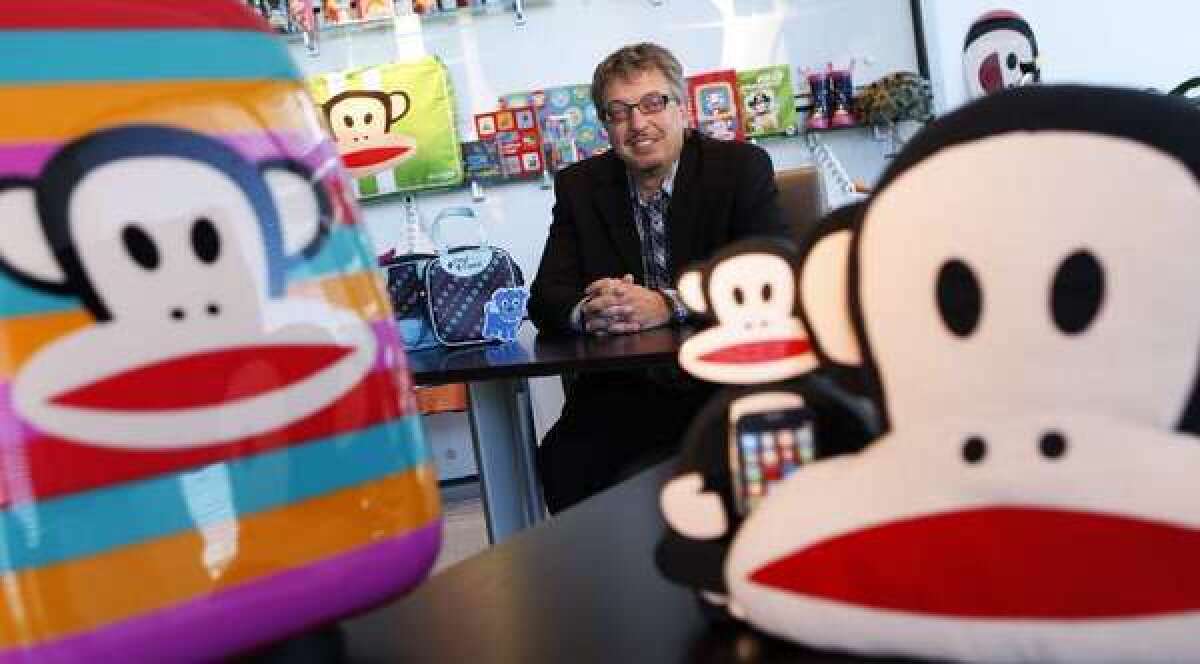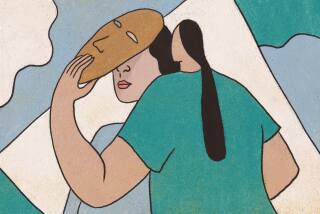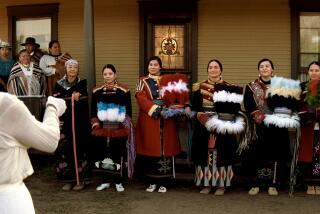Paul Frank Native American-designed collection an apology for powwow party?

On Tuesday, I wrote a post about the new “Paul Frank Presents” collection of accessories designed in collaboration with Native American artists.
After so many egregious misappropriations of Native American culture by fashion brands (“Navajo” T-shirts at Urban Outfitters and feather headdresses on the runway at Victoria’s Secret), I wrote that it was heartening to learn that Los Angeles-based Paul Frank, the brand that turned a sock monkey into a fashion statement, announced it is collaborating with four tribes in regions across the country in what seemed to be an authentic way, giving artists the opportunity to design accessories for a special collection launching in August on PaulFrank.com.
(The artists include Louie Gong from the Nooksack tribe; Candace Halcro from the Cree/Metis tribe; Dustin Martin from the Navajo tribe; and Autumn Dawn Gomez from the Comanche/Taos tribe.)
But I failed to include the backstory. Dr. Jessica R. Metcalfe, a Turtle Mountain Chippewa from North Dakota, who writes about Native American art, fashion and design, as well as owning and operating the site BeyondBuckskin.com, where many of the artists tapped by Paul Frank sell their designs, elaborates on the collaboration in an illuminating post here.
“While I am undeniably thrilled about the announcement and all that it represents, the press release failed to mention the various factors that led to this collaboration,” Metcalfe writes. “Last September, the lifestyle brand Paul Frank hosted a “powwow”-inspired fashion event that featured some questionable party favors and activities.”
“After a sizable backlash from people from Native American communities and our allies, the brand removed over a thousand images of the event from their Facebook page, and the president of the company, Elie Dekel, reached out to myself and Adrienne Keene of Native Appropriations. He reached out to the two of us, I think, because we had been the loudest in pointing out the obvious racism behind this event ... and so it began -- the gesturing to apologize for this major slip-up,” Metcalfe writes.
Although Paul Frank’s collaboration with Native American artists will undoubtedly help bring the work of these talented young people to a wider audience, the company should have been forthcoming in press materials about the journey it took to get here. Because what is corporate responsibility without full disclosure?
ALSO:
Paul Frank, Native American artists collaborate on accessories
Inside the Charlotte Olympia boutique in Beverly Hills
A moment with jewelry designer Monique Pean







